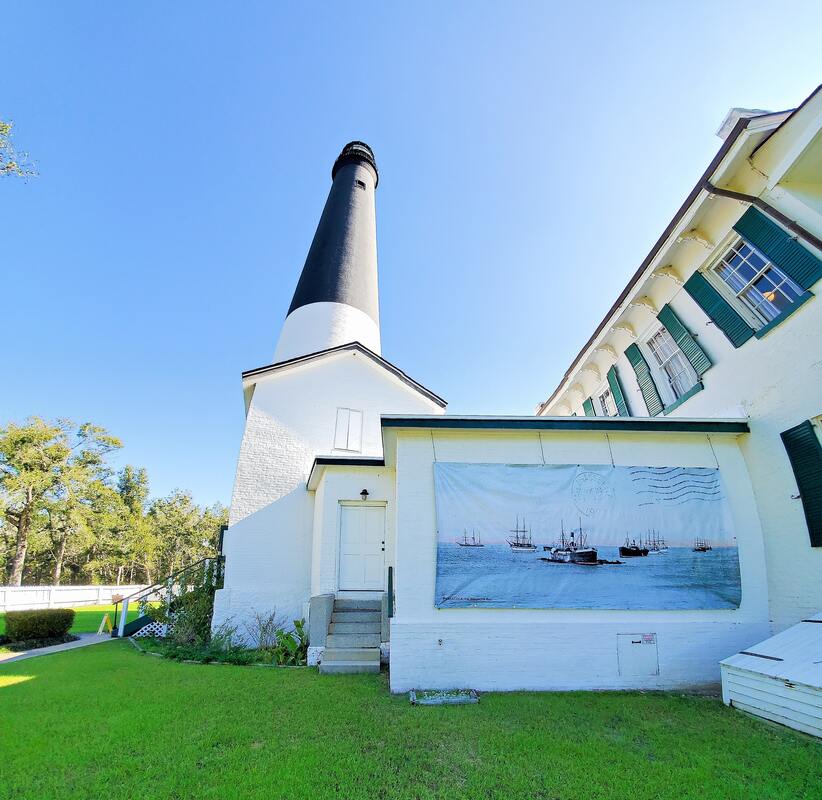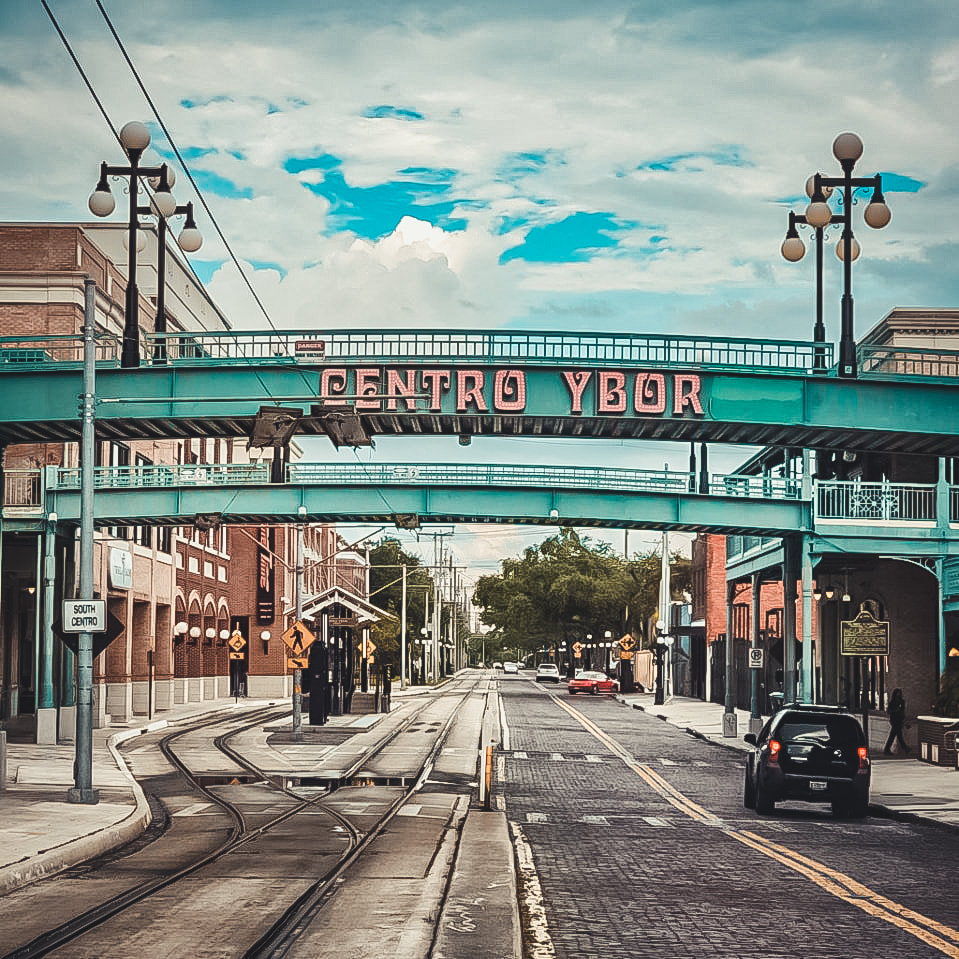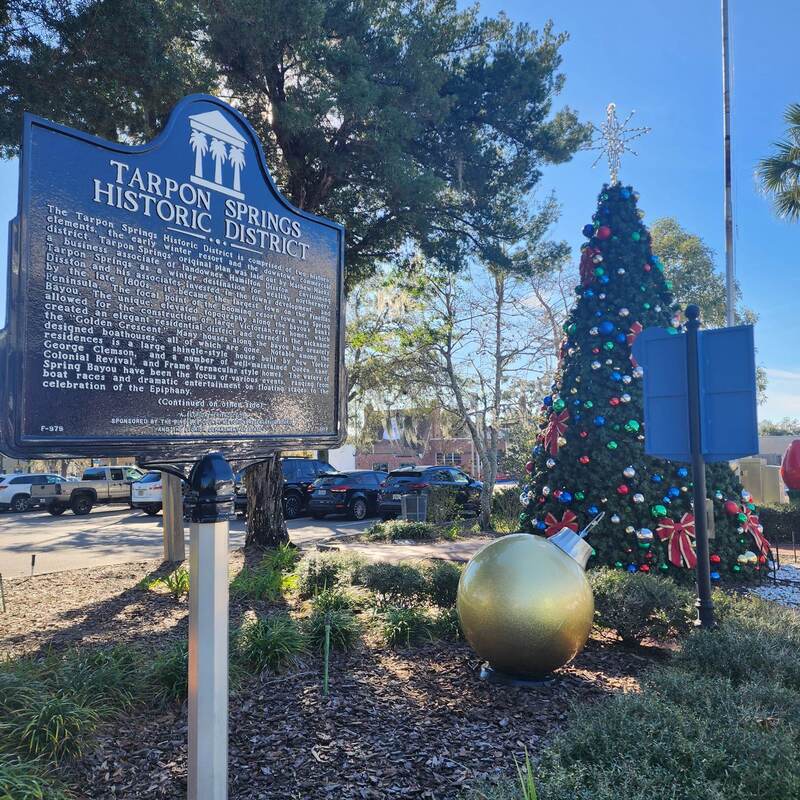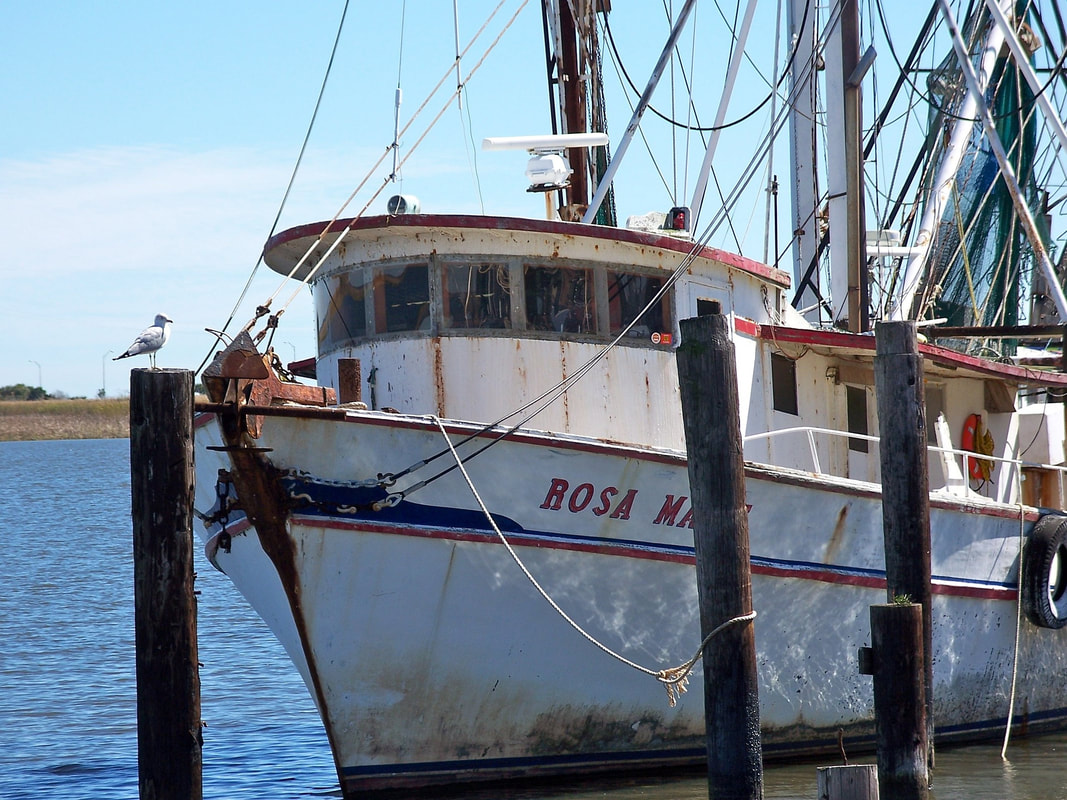|
From as far south as the Keys to as north as the farthest corners of Jacksonville, there is no denying that Florida is home to many historic sites in between. Whether you're a history buff, an outdoor enthusiast, or simply looking for a relaxing escape, you can have fun uncovering our list of the top 10 historic destinations in Florida that will surely offer a glimpse into the Sunshine State's fascinating past. St. AugustineFounded by Spanish explorer Pedro Menéndez de Avilés in 1565, St. Augustine is deemed the oldest continuously inhabited European-established settlement in the continental United States. St. Augustine was ruled by Spain for over two centuries, and served as a strategic location for the Spanish empire in the New World. During this time, the city was fortified against attacks by pirates and other enemies. From forts to old western-style architecture--and narrow cobblestone streets to match--you can rest assured this historic little city offers many interesting sights to see and activities to enjoy for visitors of all ages. Here are some of the top history-buff-friendly activities to uncover in St. Augustine:
PensacolaWhile often overlooked by potential vacationers, Pensacola, Florida is a premiere coastal city with a rich history, beautiful beaches, and a range of activities for visitors that just aren't offered anywhere else in the state. Pensacola's history dates back to the early 16th century when Spanish explorer Tristán de Luna established a settlement in 1559. Similarly to the above, Pensacola was also ruled by Spain for over two centuries, from the 16th to the 18th centuries, and served as a strategic location for the Spanish empire in the New World. The United States occupied Pensacola in 1821 and established a naval base there, which played a critical role in the country's military and naval history. Pensacola was the site of several battles during the American Civil War, and the city was occupied by Confederate forces before being taken by Union forces in 1862. Pensacola is known as the "Cradle of Naval Aviation" and is the site of the Naval Aviation Training Center, established in 1914. During World War II, Pensacola served as a training ground for American and British air and naval forces, and was an important base for the protection of the Gulf of Mexico and the Caribbean. Now home to The Naval Air Station, Pensacola is one of the largest employers in the region and a major contributor to the local economy. The base is home to several training schools for the United States military. Top historic activities to uncover in Pensacola:
Key WestKey West, Florida is a unique and colorful island destination with a laid-back vibe to match--but don't sleep on its history--there's more to uncover here than just beautiful beaches and amazing sunset views. Key West, Florida was officially settled in 1822, named Cayo Hueso (Island of Bones) by Spanish explorers and was used as a fishing and naval base. The island was later named Thompson's Island after the first American to build a home on the island, John W. Thompson. Shortly after, the island was renamed by English speakers who mistook Cayo Hueso as Key West, and it quickly grew as a center of commerce and transportation, serving as a stopping point for ships traveling between the Gulf of Mexico and the Atlantic Ocean. Over the next several decades, Key West became a major hub for shipping and trade, as well as a center of naval activity during the Civil War and the Spanish-American War. Key West is now known for its unique and laid-back culture that is influenced by its tropical climate, bohemian atmosphere, and rich history. Its distinctive architecture, which includes brightly painted Conch-style houses, historic Victorian homes, and historic forts and landmarks are equally as iconic to the islands. Top historic activities to uncover in Key West:
Fernandina BeachContrary to the name, Fernandina Beach is more than just a beach--it's a charming coastal town located on Amelia Island, an Atlantic island fraught with history of Spanish, French, British and American rule. It is now often referred to as the Isle of 8 Flags. The city has a rich history dating back to the mid-1700s, and has been influenced by Spanish, English, and American cultures throughout its history. Located on Amelia Island, Fernandina Beach was a popular location for pirates and privateers during the late 1700s and early 1800s, due to its location along the Eastern Seaboard and its access to the Atlantic Ocean. Pirates were said to have used Amelia Island as a safe haven and a place to store their loot, and many pirate legends and stories are associated with the area. The city's rich pirate history is a popular tourist attraction and is celebrated through historical reenactments, museum exhibits, and pirate-themed events. Top historic activities to uncover at Fernandina Beach:
Ybor CityYbor City, Florida is a historic neighborhood located in Tampa, known for its rich Cuban and Spanish heritage, vibrant nightlife, and cultural offerings--and perhaps most famous of all, the flocks of "wild" chickens. Ybor City, Florida is a historic neighborhood in Tampa that was founded in the late 19th century by Cuban and Spanish cigar makers. The area was once the center of the cigar-making industry in the United States, and was known for its thriving community of immigrants and its bustling social and cultural scene. The historic significance of Ybor City lies in its unique blend of cultures, its role as a center of cigar production, and its place as a melting pot of different ethnic groups in the late 19th and early 20th centuries. Top historic activities to uncover in Ybor City:
Tarpon SpringsTarpon Springs, Florida was settled in the late 19th century--founded in 1887 by a group of entrepreneurs who saw the potential for growth and development in the area. Tarpon Springs was named after the abundant fish (most likely mullet) in the local waters, and the city quickly became known as a major sponge-fishing center, with sponge divers from Greece and the Aegean Islands settling in the area to work in the industry. Tarpon Springs has a rich Greek heritage, and is often referred to as the "Sponge Capital of the World". The town has kept a strong Greek cultural presence, with several Greek restaurants, bakeries, and shops located throughout. Over the years, Tarpon Springs has continued to evolve, with tourism becoming a major part of its economy. Today, Tarpon Springs is a popular destination for tourists who come to explore its unique cultural heritage, historic downtown area, and scenic beauty. With its well-preserved homes, charming cafes and restaurants, and vibrant cultural scene, Tarpon Springs remains one of the most interesting and historic communities in Florida. Top historic activities to uncover in Tarpon Springs:
Mount DoraHomesteaded in the 1880s, Mount Dora has grown over the past century to become a thriving agricultural center, with citrus groves, vegetable farms, and cattle ranches. While agriculture provided the main sources of income for residents but by the early 20th century, Mount Dora began to develop as a popular tourist destination, attracting visitors with its mild climate, scenic beauty, and historic charm. The city soon became known for its many bed and breakfasts, antique shops, and quaint cafes. In the late 20th century, Mount Dora became a leader in historic preservation, with many of its historic buildings and homes being restored and protected. Today, the city boasts a vibrant downtown area with many well-preserved homes, churches, and other buildings. Top historic activities to uncover in Mount Dora:
ApalachicolaApalachicola, Florida is a historic coastal town located on the Gulf of Mexico, beloved by locals for its seafood, fishing, and stunning scenery--but many people only became aware of this little town only after the recent Apalachicola oyster disaster, referring to the collapse of the oyster industry in Apalachicola Bay, Florida, due to overfishing, drought, and water management issues. The Apalachicola Bay oyster industry was once one of the largest in the world, providing a significant portion of the oysters consumed in the United States. However, in recent years, the industry has suffered due to a combination of factors, including overfishing, reduced freshwater flow into the bay due to water management practices, and prolonged drought conditions. The combination of these factors has led to a significant decline in the oyster population and a loss of habitat, causing a disaster for the local oyster industry and the community that depends on it. The situation has led to ongoing efforts to restore the oyster population and revive the industry, and many organizations and government agencies are working together to address the root causes of the disaster and find solutions to support the long-term health of Apalachicola Bay. Top historic activities to uncover in Apalachicola:
New Smyrna BeachThe history of New Smyrna Beach, Florida dates back to the late 18th century, when it was founded by Dr. Andrew Turnbull in 1768. Turnbull was a Scottish physician who was appointed by the British Crown to establish a colony in Florida. He brought over about 1,300 settlers from the Mediterranean to the area to grow indigo, cotton and other crops, but the settlement was plagued by disease, interpersonal conflict and other challenges, and the colony was eventually abandoned. In the 19th and 20th centuries, New Smyrna Beach experienced several periods of growth and development, as it became a hub for the area's thriving fishing industry, and later, a popular tourist destination. The city was incorporated in 1887, and over the years, it has evolved into a dynamic community known for its rich cultural heritage, beautiful beaches, and vibrant cultural scene. Today, New Smyrna Beach is a thriving community that attracts tourists from around the world. Top historic activities to uncover in New Smyrna Beach:
St. PetersburgHome to two of the states most iconic historic sites, the Don CeSar Hotel, commonly referred to as the "Pink Palace", and Fort DeSoto Park, St. Petersburg is easily one of the state's most well known historical hubs. In the early 1900s, the city became a popular destination for tourists, and was known for its sunny beaches, warm weather, and abundant outdoor recreation opportunities. During this time, several historic buildings were built in the city, including the historic Vinoy Hotel and the Mirror Lake Lyceum. During World War II, St. Petersburg became a major training center for the U.S. military, and many soldiers and sailors passed through the city. After the war, the city experienced a boom in growth and development, and became a popular retirement destination for veterans. Today, St. Petersburg is known for its history, beautiful beaches, and vibrant arts and culture scene. The city is home to several museums and cultural institutions, and is a popular destination for tourists and retirees. The city is also known for its commitment to preserving its historic architecture and cultural heritage. Top historic activities to uncover in St. Petersburg:
0 Comments
Your comment will be posted after it is approved.
Leave a Reply. |
CATEGORIES |
|
|
Vertical Divider
|
Can't get enough?Uncover more of Florida through our channels below!
|
© COPYRIGHT 2015. ALL RIGHTS RESERVED.











 RSS Feed
RSS Feed